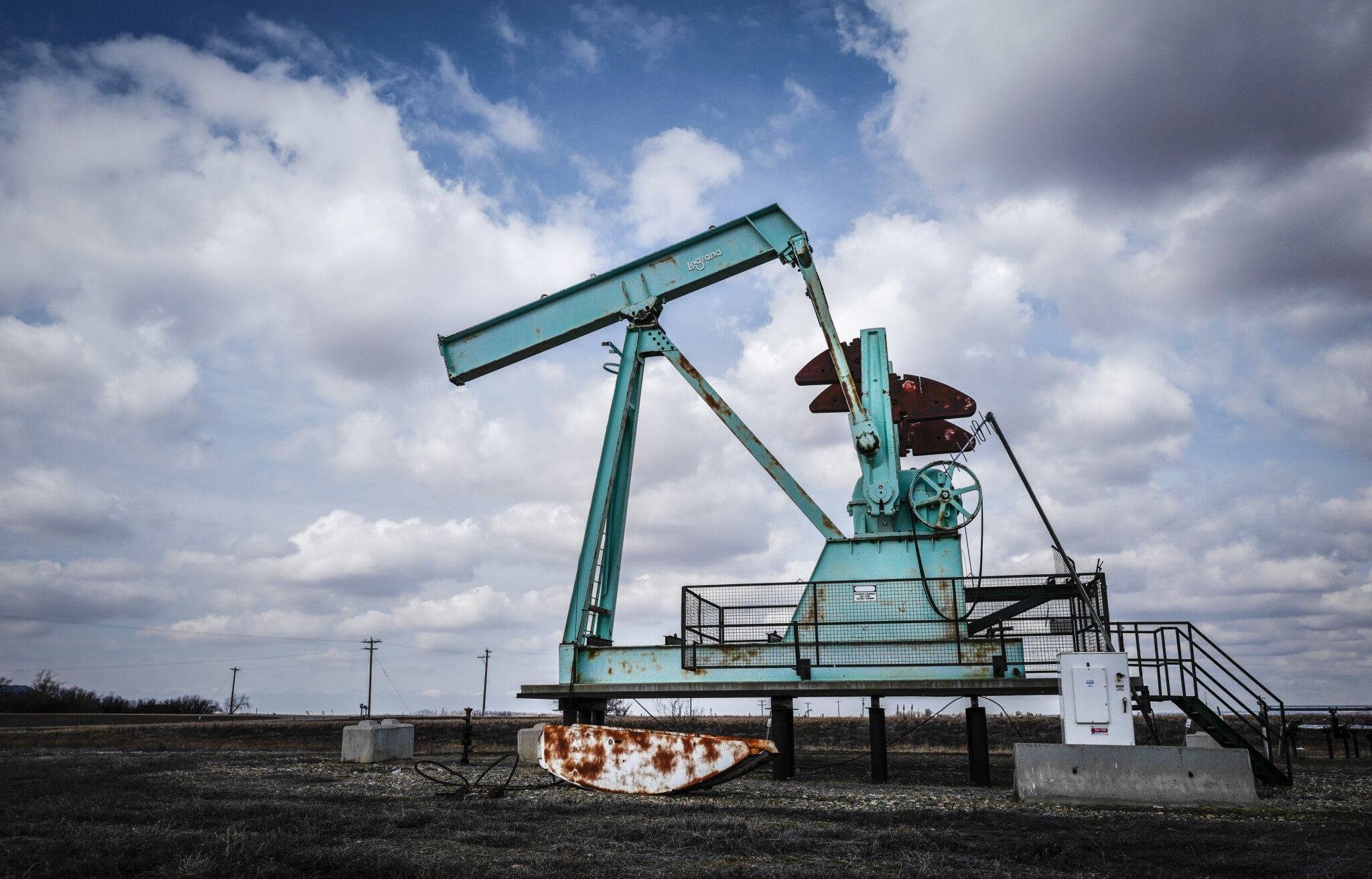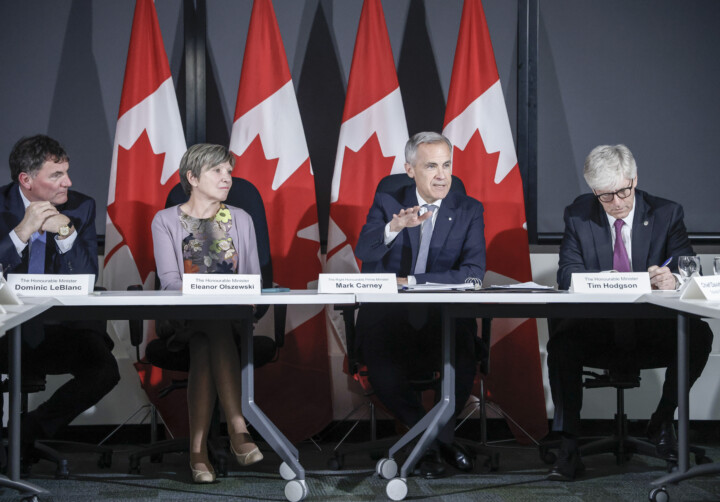Natural resources are an important economic theme in Canadian economic history, and their development is a key source of the nation’s wealth. Whether wheat and barley, timber and pulp, mineral products, or oil and gas, the export of these resources—the export of resource staples— has been instrumental in generating employment and value-added industries as well as helping drive the development of national transportation infrastructure.
Indeed, Canada is generally acknowledged to have what trade economists refer to as a comparative advantage in natural resource products.
It stands to reason, therefore, that given the important role of energy and Canada’s position as a storehouse of energy reserves, the future of this important sector is a key question. Despite the environmental transition underway in energy production towards renewables and away from fossil fuels, oil and gas will remain important sources of energy. The repeal of the consumer carbon tax and the promises to now streamline the building of new energy infrastructure and resource projects by Prime Minister Mark Carney seem to be recognition of this reality.
At the same time, it is widely known that the case has been made by Prime Minister Mark Carney in his previous incarnations that there should be a managed phase out of oil and gas and that 80 percent of current fossil fuel energy reserves—including half of gas and one third of oil—should not be developed.
A key question in the face of these evolving positions is what exactly the value of our natural resources is and what we might be giving up if they are not developed. According to Natural Resources Canada, Canada has the third-largest proven oil reserve in the world, most of which is locked away in the oil sands.
Indeed, “Total Canadian proven oil reserves are estimated at 171.0 billion barrels, of which 166.3 billion barrels are found in Alberta’s oil sands and an additional 4.7 billion barrels in conventional, offshore, and tight oil formations. Canada accounts for 10 percent of the world’s proven oil reserves.”
Ahead of Canada are Venezuela and Saudi Arabia, which together account for 34 percent of proven oil reserves. And in the case of natural gas, Canada is estimated to have 1,368 trillion cubic feet of natural gas—an amount equal to 200 years of supply at current annual demand.
In other words, Canada is indeed an energy superpower.
These numbers on reserves are estimates and somewhat dated, and can be revised substantially. Statistics Canada maintains estimates of the present value of selected natural resource reserves, and they are quite eye-opening.
For example, established crude oil and natural gas reserves as of 2023 were estimated to have a present value of 230,791 million dollars. Our recoverable bituminous coal reserves were valued at 200,141 million dollars, while established crude bitumen reserves (oil sands) were at 670,532 million dollars. The total present value of these three established resources is therefore about 1.1 trillion dollars.
Keep in mind that this number may indeed be larger, as new technology often extends our ability to access resources and therefore larger proven reserves. Market prices driven by demand and supply are also a factor, resulting in changes in values over time.
However, this estimate of the value of these three established and recoverable energy reserves alone represents over one-third of Canada’s current GDP. Keeping 80 percent of these reserves in the ground is locking away a significant amount of potential income and wealth. Streamlining their development, on the other hand, could generate a substantial boost to Canada’s economic growth.









